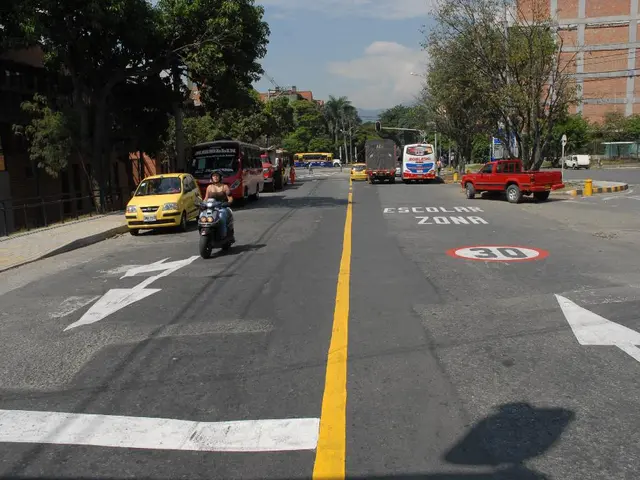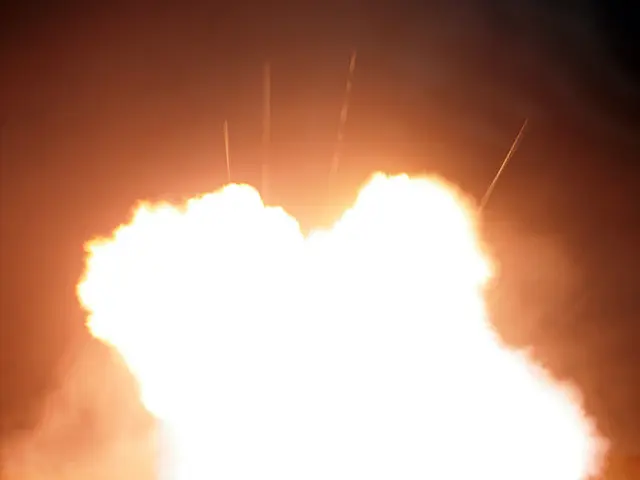Potential reasons for the tragic Air India Ahmedabad plane crash, as per expert analysis.
The horrific crash of Air India flight 171—a Boeing 787 bound for London—just 33 seconds after takeoff from Ahmedabad's Sardar Vallabhbhai Patel International Airport, has left the global aviation community in shock. With 230 passengers and 12 crew members aboard, this catastrophe is now the center of intense curiosity and speculation.
In response to this calamity, the Aircraft Accident Investigation Bureau (AAIB) has launched a comprehensive investigation, calling upon experts from the U.S. and U.K. to unravel the underlying causes. As investigators delve into the preliminary evidence, theories and speculations abound.
Suspected Causes: A Closer Look
While definitive answers lie in wait, let's explore some plausible scenarios that aviation experts propose could explain the crash. Keep in mind that only data from the flight recorders will provide conclusive evidence.
Scenario 1: Power Loss or Compressor Failure
In the early footage of the tragedy, the plane climbed normally at first before suddenly beginning to plummet, with the aircraft maintaining a nose-up attitude—an unusual posture for a normal descent. This suggests a significant and abrupt loss of engine thrust.
Preliminary reports suggest that a Mayday call was issued shortly after take-off, supporting the engine-related theory. An aviation safety expert, Amit Singh, hypothesized that the pilot might have struggled to obtain sufficient thrust and realized the problem almost instantly.
Scenario 2: Bird Strike
Another theory centers around a bird strike potentially incapacitating one or both engines. However, experts remain skeptical of the possibility of a bird strike causing both engines to fail.
Scenario 3: Unusual Configuration at Takeoff
Some observers question the plane's configuration at takeoff, noting the landing gear seemed to remain extended while the flaps—wing components that help generate lift—appeared retracted. A senior pilot, who chose to remain anonymous, emphasized the landing gears not retracing as a crucial anomaly, indicative of a systemic issue.
Scenario 4: Environmental Conditions and Aircraft Load
Aviation expert Vipul Saxena suggested that unfavorable weather and environmental factors, such as strong crosswinds and high temperatures, could have contributed to the plane's failure to gain sufficient altitude.
Scenario 5: Mechanical or Systemic Failure
In a broader sense, experts speculate that a mechanical issue or system malfunction may have been at play, preventing the plane from maintaining flight stability or ascending.
Although these cases are merely theories, one thing is certain: the black boxes—the flight recorders—will provide vital details, helping investigators piece together the puzzle and bring closure to this heartbreaking tragedy.
The shocking crash of Air India flight 171 has stirred a whirlwind of speculation in the international general-news community. Some of the suspected causes for the tragedy include a power loss or compressor failure, a bird strike, an unusual configuration at takeoff, environmental conditions and aircraft load, and mechanical or systemic failure. While the Aircraft Accident Investigation Bureau delves into the preliminary evidence, these scenarios await confirmation from data from the flight recorders. In the realm of sports-betting, one might question the odds of such a catastrophic event unfolding on the cricket field in India, reminding us of the fragile intersection between crime-and-justice and everyday life.








